In this article, we introduce the lath art as folk art and we try to examine it in detail.
We tried to review the arts that can be categorized in the lath art. We also will introduce arts that are like lath art in some countries.
Wood is a natural material that is abundant in different parts of the planet and is one of the first materials used by early humans.
Humans have always provided an important part, or at least part of their needs, through this material, which has a
It is also a good arena for the talent, art, and creativity of artisans and artists in various ways.
If you love wood arts, do not miss this article. Certainly, after reading this article, you will be tempted to create a piece of lath art.
What Is Lath Art?
Lath is another term for thin strips of wood.
Lichtenberg Wood Burning eBook
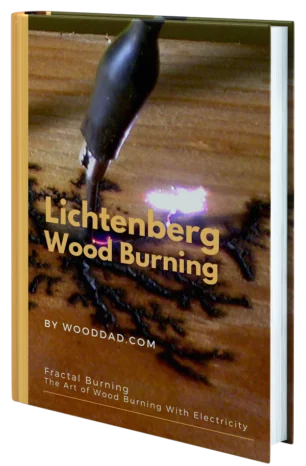
Download Lichtenberg Wood Burning eBook
One of the modern techniques for creating wooden artwork is called Lichtenberg wood Burning. In this eBook, we are going to introduce this newfound art to you.
This technique is known with some different names such as Lichtenberg wood burning, fractal wood burning, and electricity wood art.
This technique should not be confused with wood burning art or pyrography. The art of pyrography on wood is the art of creating motifs and designs by burning with hot metal tools on objects such as wooden surfaces.
Lichtenberg burning is a wood-burning technique for creating designs with electricity.
This eBook is a comprehensive guide on Lichtenberg Wood Burning. All you need to know for Lichtenberg Wood Burning is here.
This is a limited-time offer, order now to get access to the future eBook releases.
Lath art is a type of woodworking folk art that is done by putting laths together to create an artwork.
The using of very old wood is common in this art and this makes each artwork an authentic work.
Lath art in different countries may have different styles and elements. In fact, it’s a wood art that has different models in different regions, and we cannot provide a single definition for it.
However, in all of them there are common points that we can mention as the following:
- In lath art, the lath sticks are used as design elements.
- Colors of the stains are used as design elements.
- The final product can have a specific picture or just be an abstract picture.
Take note of the following example
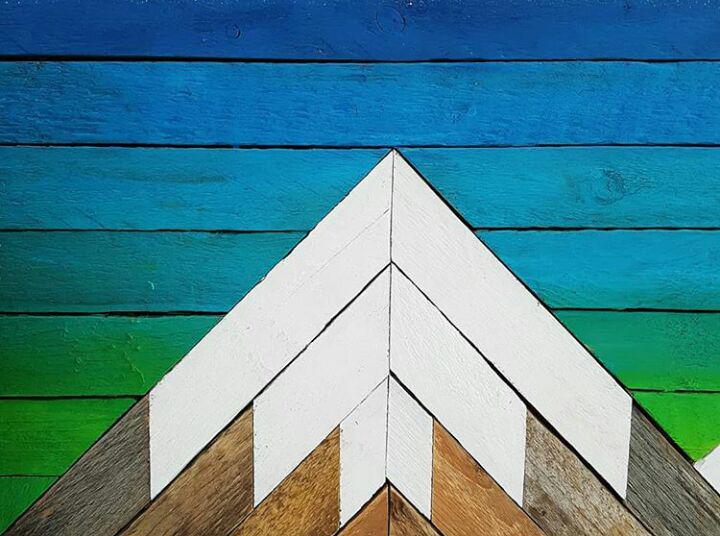
Categorizing Lath Arts
Geometric wood art
It can be said that one of types of lath art is geometric wood art.
In this art, the method of putting lath sticks together is very basic.
You can use glue and sometimes a very small pin nail. All the pieces are attached to a plywood base.
The point in this art is that the general design of work has a geometric symmetry. It’s more about geometrical image with a fun design.
In geometric wood art, patterns are often entirely geometrical and angles in shapes are squares, triangles, lozenges, although may contain curves.
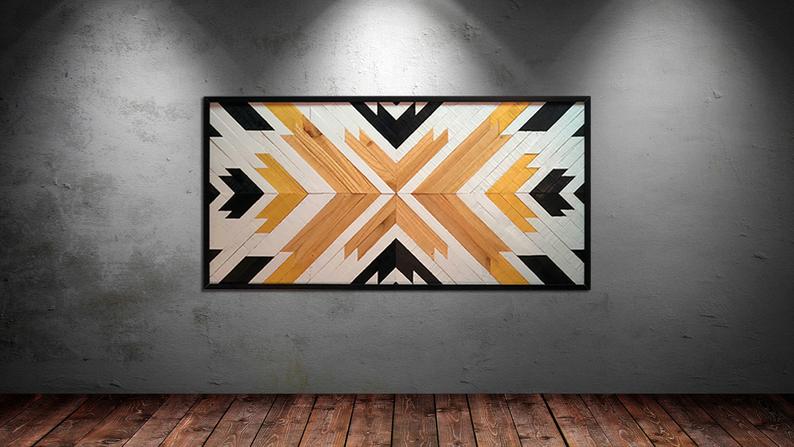
Reclaimed Wood Art
Maybe with the connivance of meaning, we can say that the reclaimed wood art somehow is subset of lath art.
Wood natural salvaged pieces as well as stick pieces in local barn wood that have a high age (over 50 years old), are used in this art.
You can cut them into strips that are around 1/2 of an inch thick and use them to make an artwork.
Nature has created unique colors and textures in these woods for a long time.
You cannot artificially create these attributes in woody pieces.
In this art, you can create an abstract pattern or arrange the lath sticks into a specific design. As well as varying the height of the pieces, adds dimension to your work and increases visual interest.
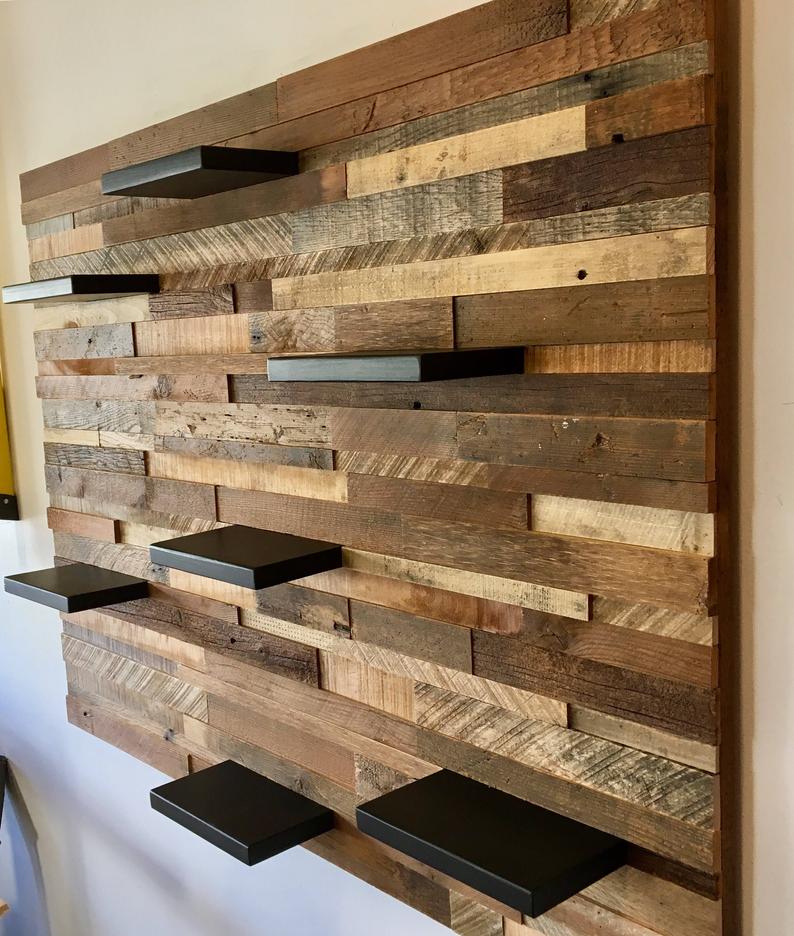
Introducing Arts That Are Like Lath Art In Some Countries
There are many arts related to wood like lath art in many places of the world.
These arts have different names, but all of them have the same base with lath art.
Intarsia Wood Art
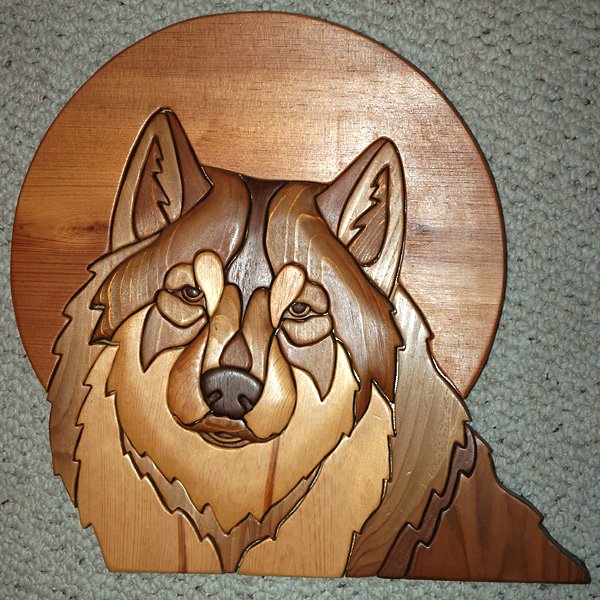
Lath art has a lot in common with intarsia although they are not the same. The term “Intarsia” maybe comes from the Latin verb “interserere” meaning to insert.
Or maybe refers to the art that has been come from Asia.
It can be said that the roots of this art are seen more in the Middle East, and in the seventeenth century, it spread to Egypt with the Arab invasion and then spread to Spain and Italy.
In the 1980s, intarsia began to gain popularity in the United States as a technique for creating wooden art and today many people are interested in it.
Intarsia wood art is a mosaic art that looks like an image cut from wood.
The types of wood that can be used in this art contains exotic wood to provide the colors of each piece of work, therefore, paints are not used.
The pieces are cut and fitted together like a puzzle to add the depth and create dimension.
The main difference between lath art and the Intarsia wood art is that in Intarsia you can use different pieces of sticks in any shape, but in the lath art, these pieces are in the form of strips.
Marquetry
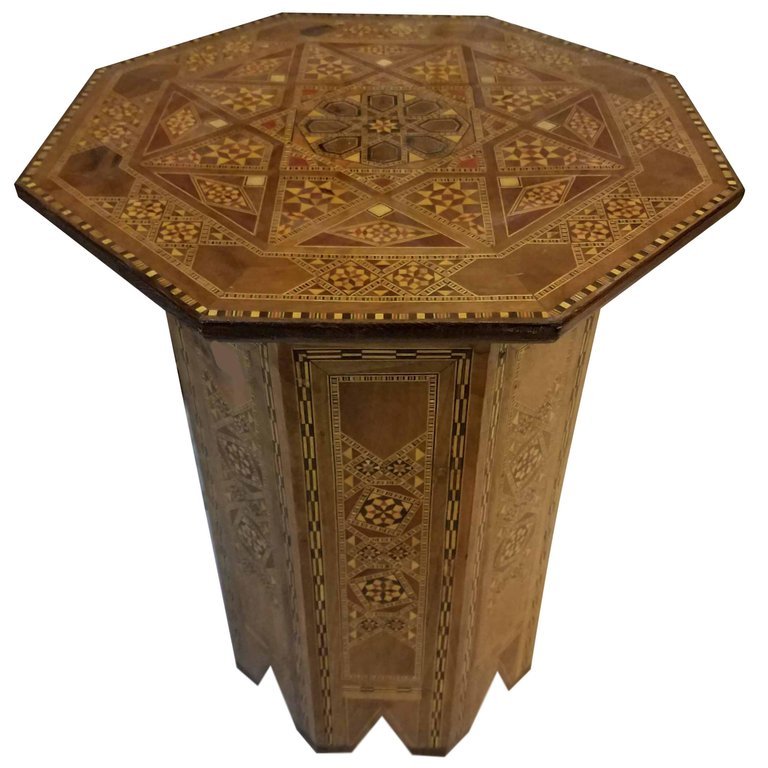
Ancient Rome is the origin of this art.
Marquetry is the Handicraft and down by applying pieces of veneer to make a structure of decorative pattern, design or picture.
The technique may be applied from case furniture to decorative small objects.
Usually, pieces of wood are used for this art, but sometimes it can be used from some materials like dentin, metal, pewter
Wood inlay
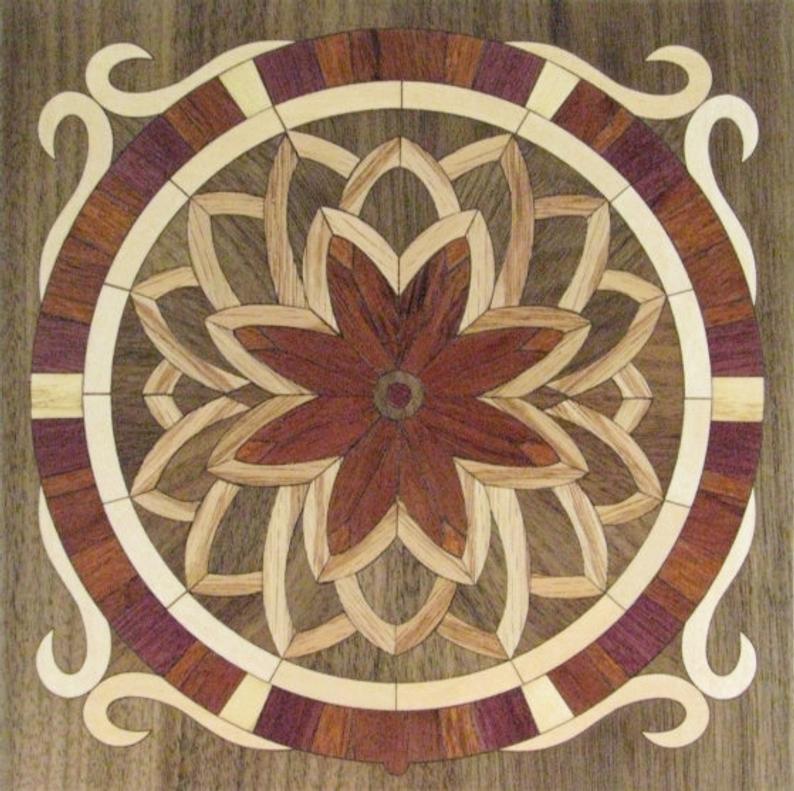
Inlay in wood is an art that is like Marquetry and Intarsia with a bit of difference.
In this art, there are many new techniques which use contemporary tools which are developed by artisans.
Wood inlay art can be used in the production of decorative furniture, where pieces of colored woods are inserted into the surface by using various matrices.
Khatam
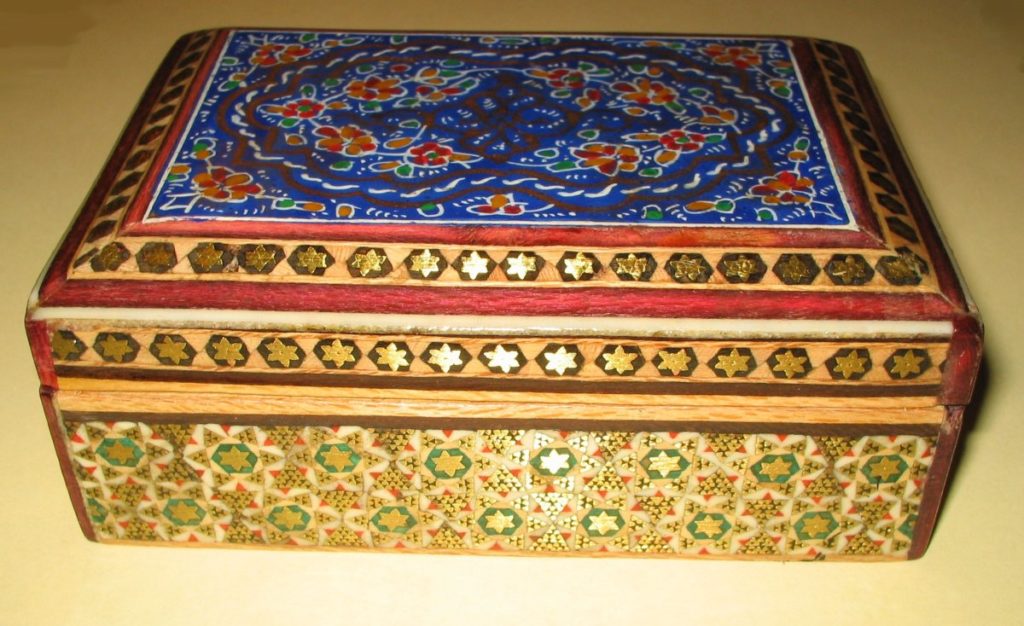
Khatam is one of the arts of Iran, which is very similar to Marquetry.
Khatam is a combination of regular polygons of wood with a different shape, formed by using different materials like a bone in different colors.
Unlike lath art, which is performed on a wooden sheet as a base, Khatamkari (performing the art of Khatam) is performed on jewelry boxes, utensil, Dishes


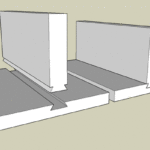
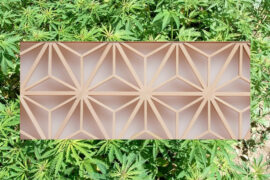


Comments
Pingback: Geometric Wood Wall Art | Wood Dad
Pingback: What is Kumiko Woodworking? - Wood Dad